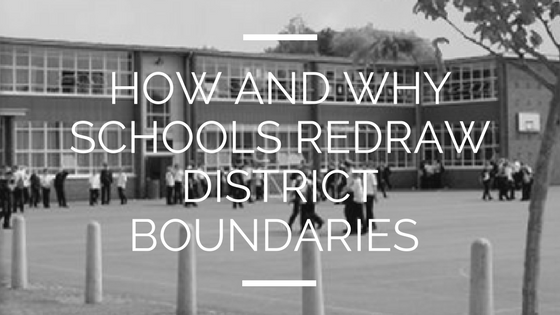When you move into or grow up in a specific district, you may assume that the same schools will always be attached to that district. However, districts can change; learning the reasons for these emendations and how they occur can help you to better understand the school system.
Diversity
Some areas of the country, despite their presence in the 21st century, are extremely segregated. Many of the communities in these areas are composed virtually entirely of one race. For example, in one neighborhood, you may find that over 90 percent of the population is black; in the next neighborhood, you may discover that over 90 percent of the population is white. If children go to school with individuals from their immediate communities only, they are not getting exposure to diversity, which is important.
Socioeconomic Issues
Many areas are also segregated by wealth. Schools in areas with residents who are from lower socioeconomic backgrounds tend to lack the resources necessary to properly educate the students. The schools may not have the books or supplies that schools in nearby communities with high levels of income do. Therefore, the districts are redrawn to bring together students from different backgrounds. By doing so, funds can be more evenly distributed.
Space
Some changes to district boundaries are unrelated to the background of the people living in the communities. Instead, they have to do with how much physical space a school has. As more and more people move into a particular community, the school can become overcrowded. As a result, the educational system in the area recognizes the need to move students to other districts.
New Districts
When people think of school districts, they often envision something that never changes. However, if they think back to merely decades ago, all of the districts that are currently in their areas probably did not exist. A new district could come into fruition. It is likely that this district would draw students from the ones surrounding it. The new district could also entirely replace one or more districts that are currently serving the community.
The Process
The process taken to change the boundaries of a particular district is going to depend upon the area in which the change is occurring. For example, different states have different laws regarding education. The district lines generally have to do with the boundaries of a neighborhood. If two communities are next to each other and currently have different districts, the neighborhood may be divided up in a different way. In the event that the neighborhoods are separated from each other by a border that runs east to west, the schools might decide to divide up the students by a border that runs north to south. Various factors, including local rules and the population of each neighborhood, have to be taken into account.
People place plenty of focus on school districts, especially when they are buying homes and planning to have children. However, they should keep in mind that their district could change at some point.
